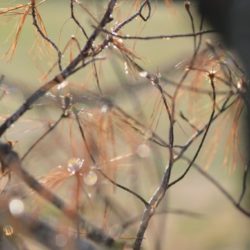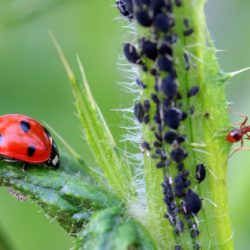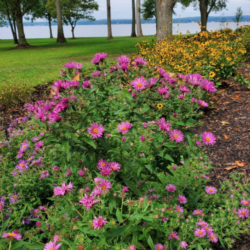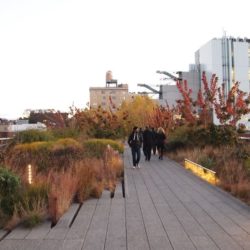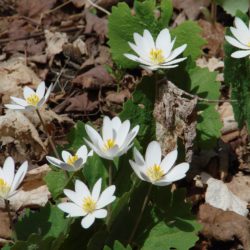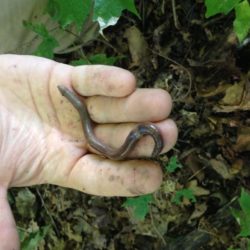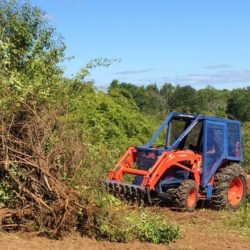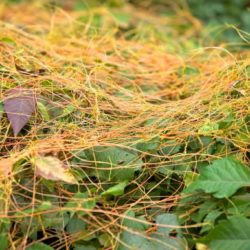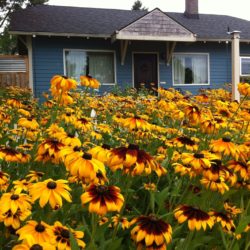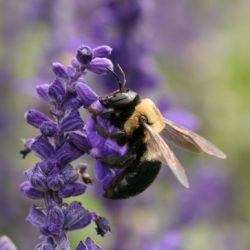By Marie Chieppo
In 2019, the Association of Professional Landscape Designers (APLD) sustainability committee asked me to research and write about plastic horticultural pots use and disposal methods. Because plastic is so easy to use, billions of plastic pots were being produced without a blueprint for what would happen as demand increased. Unfortunately, we’ve produced so much plastic that we can’t possibly recycle it all.

